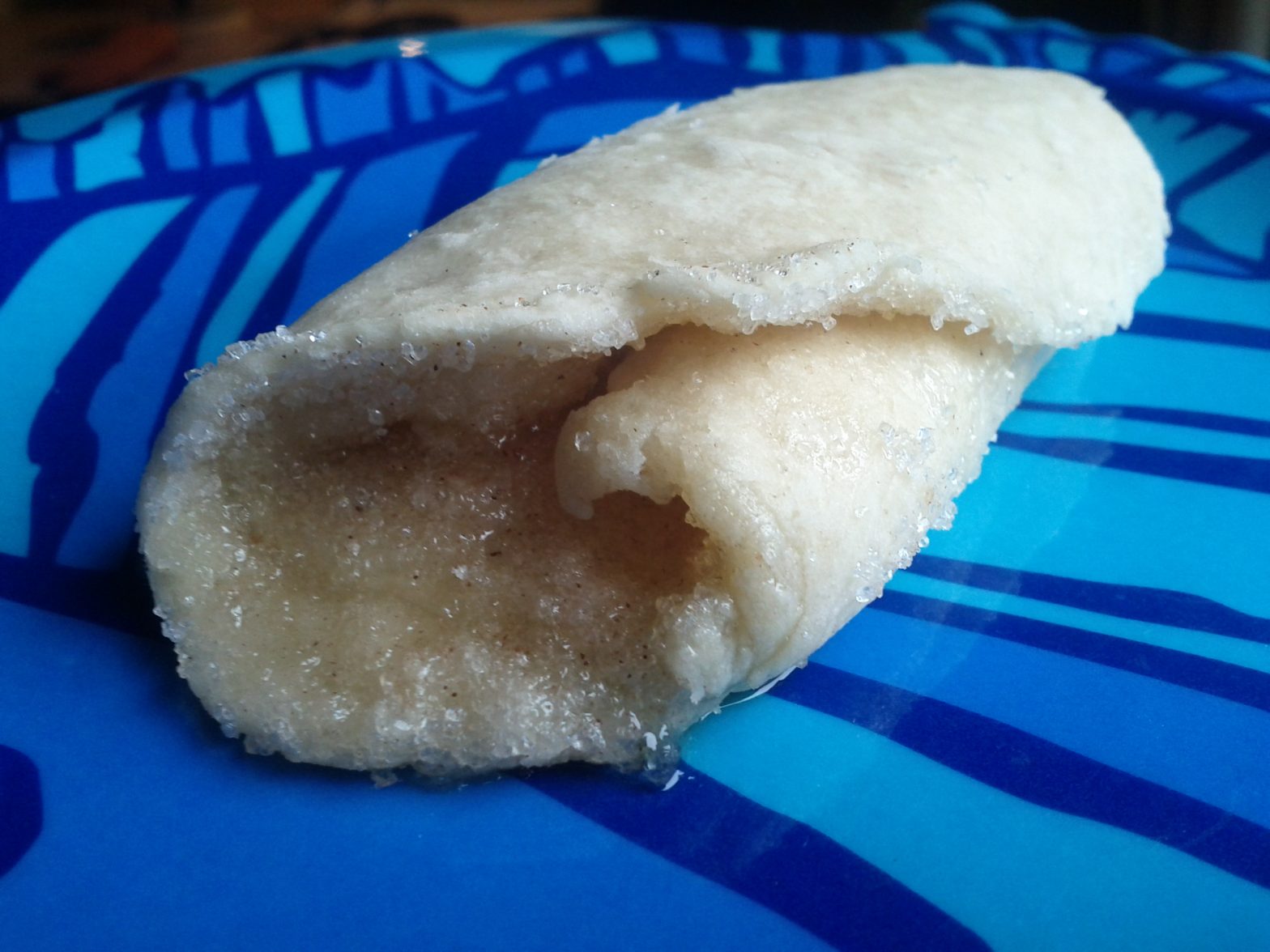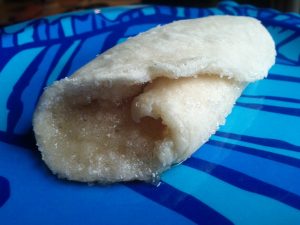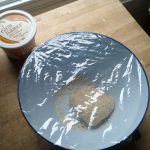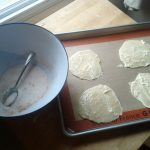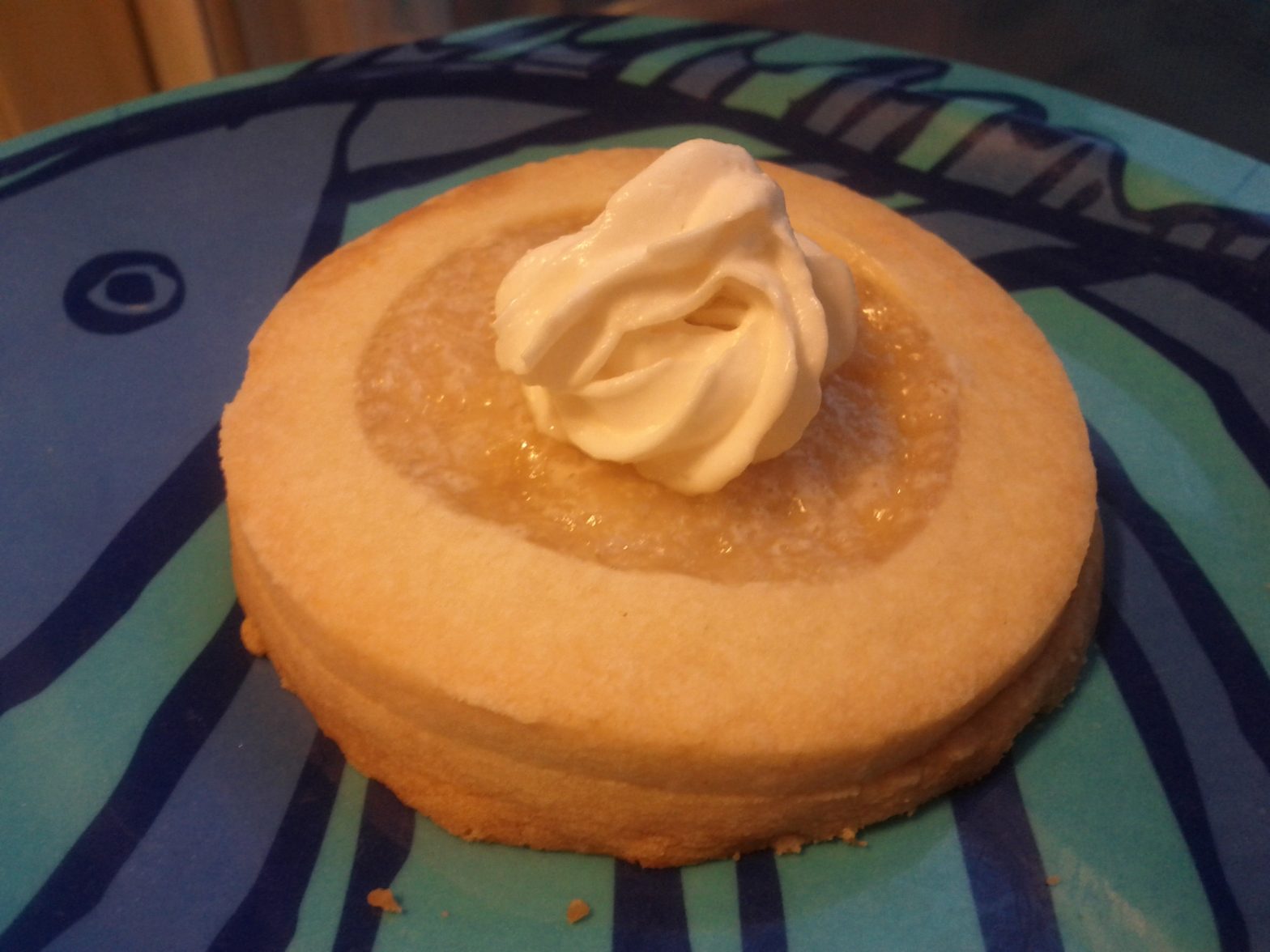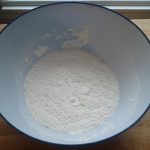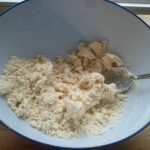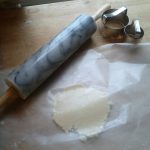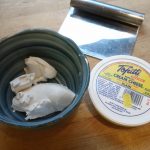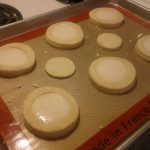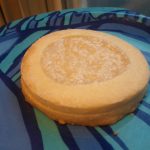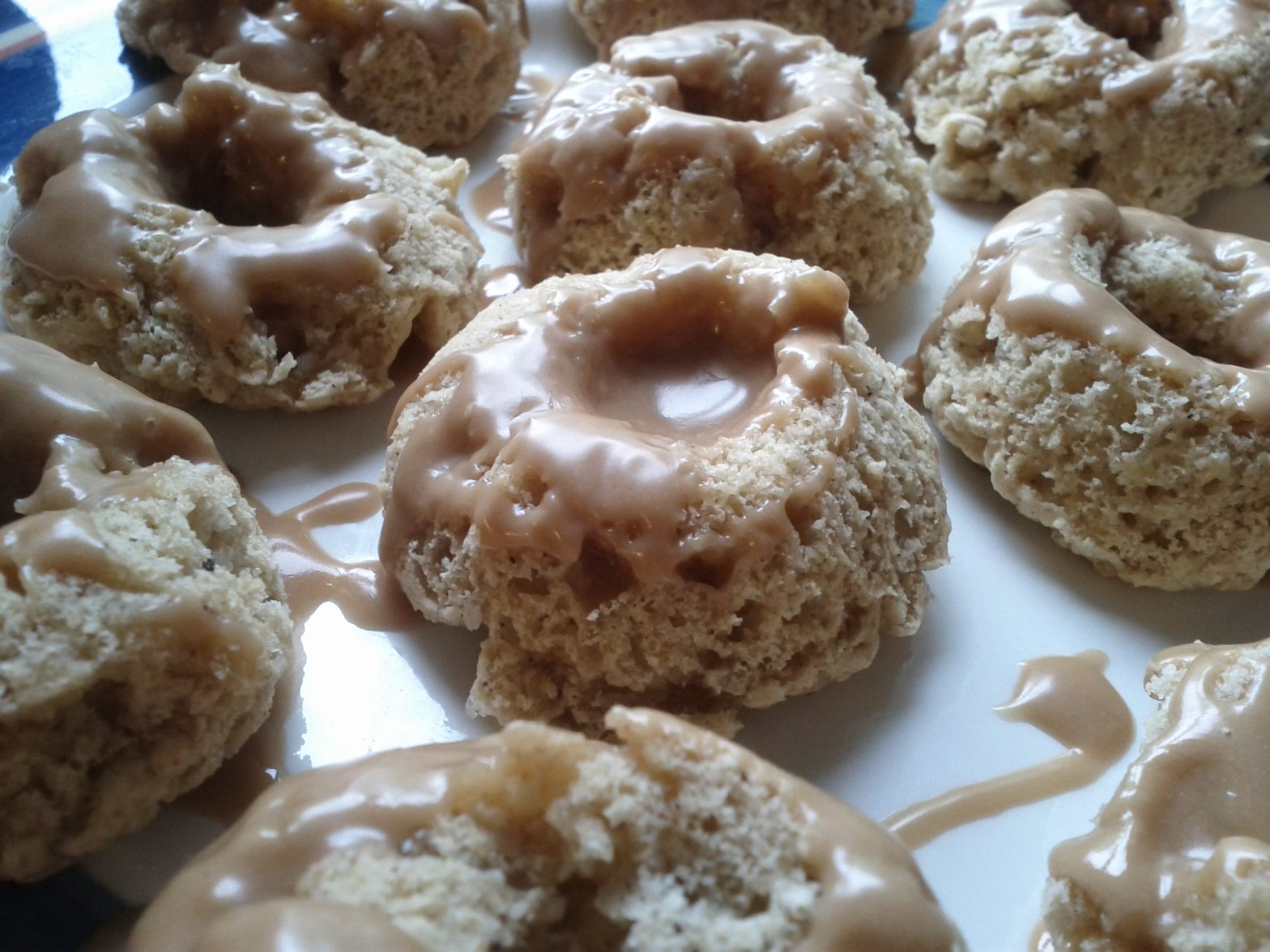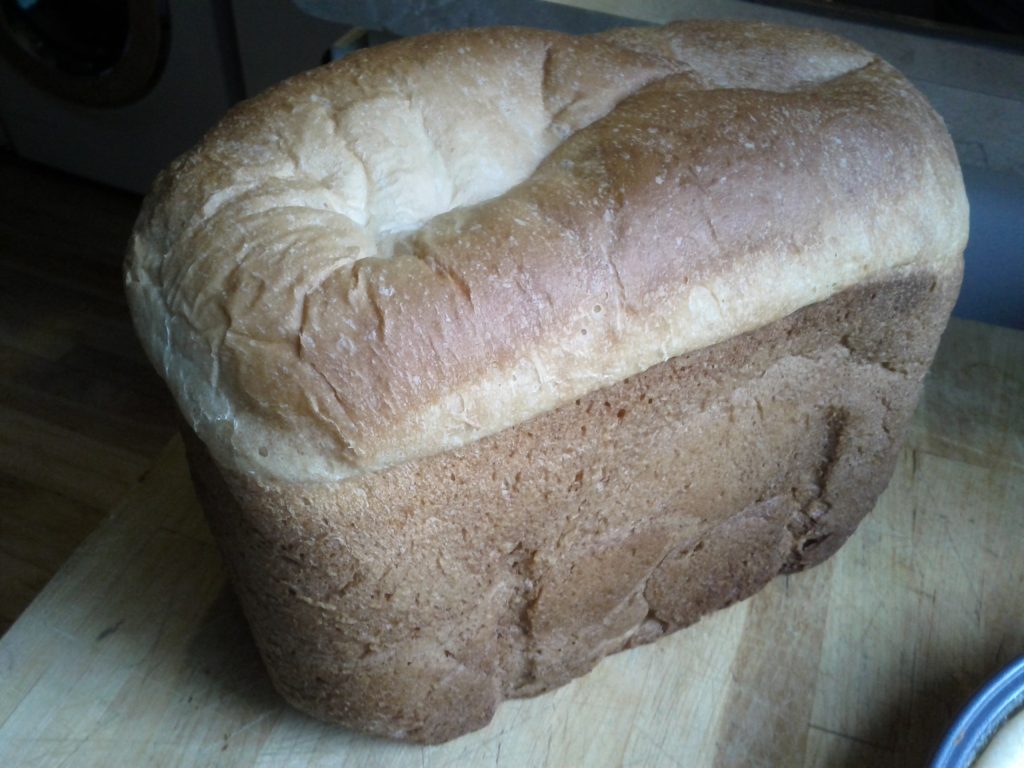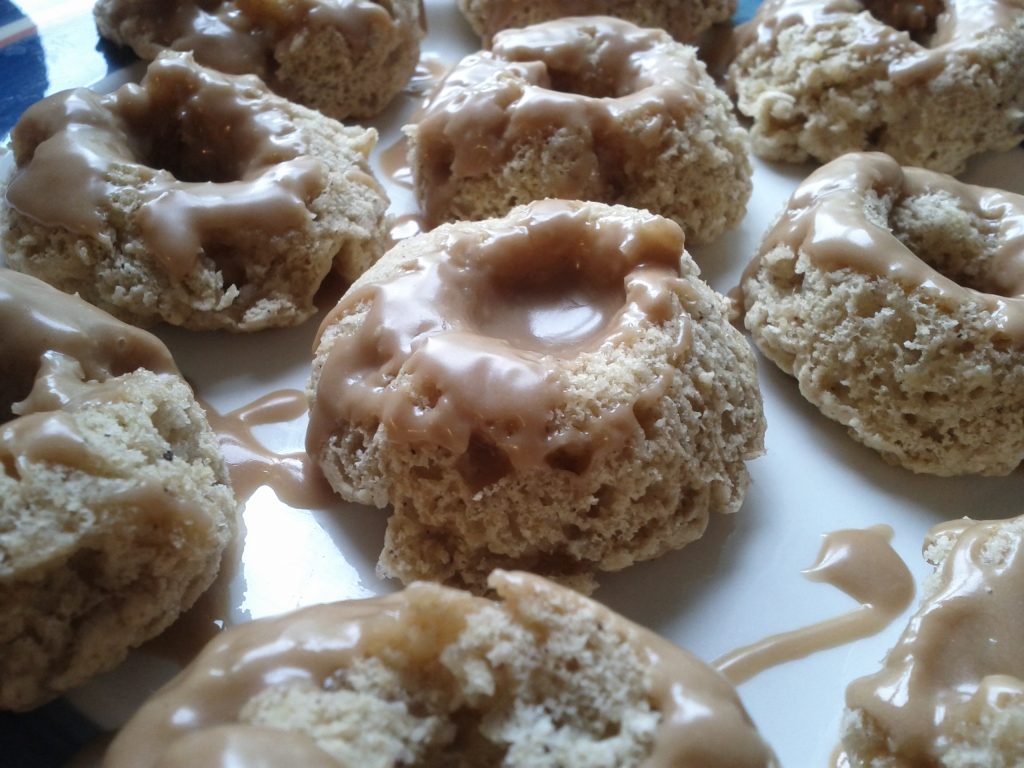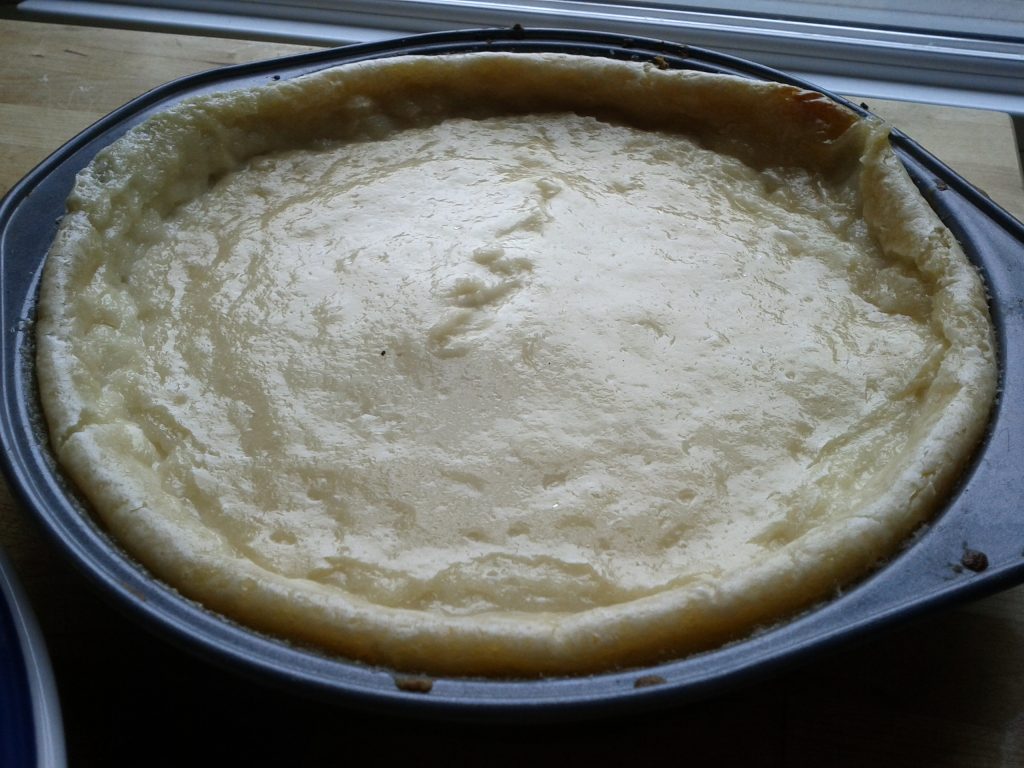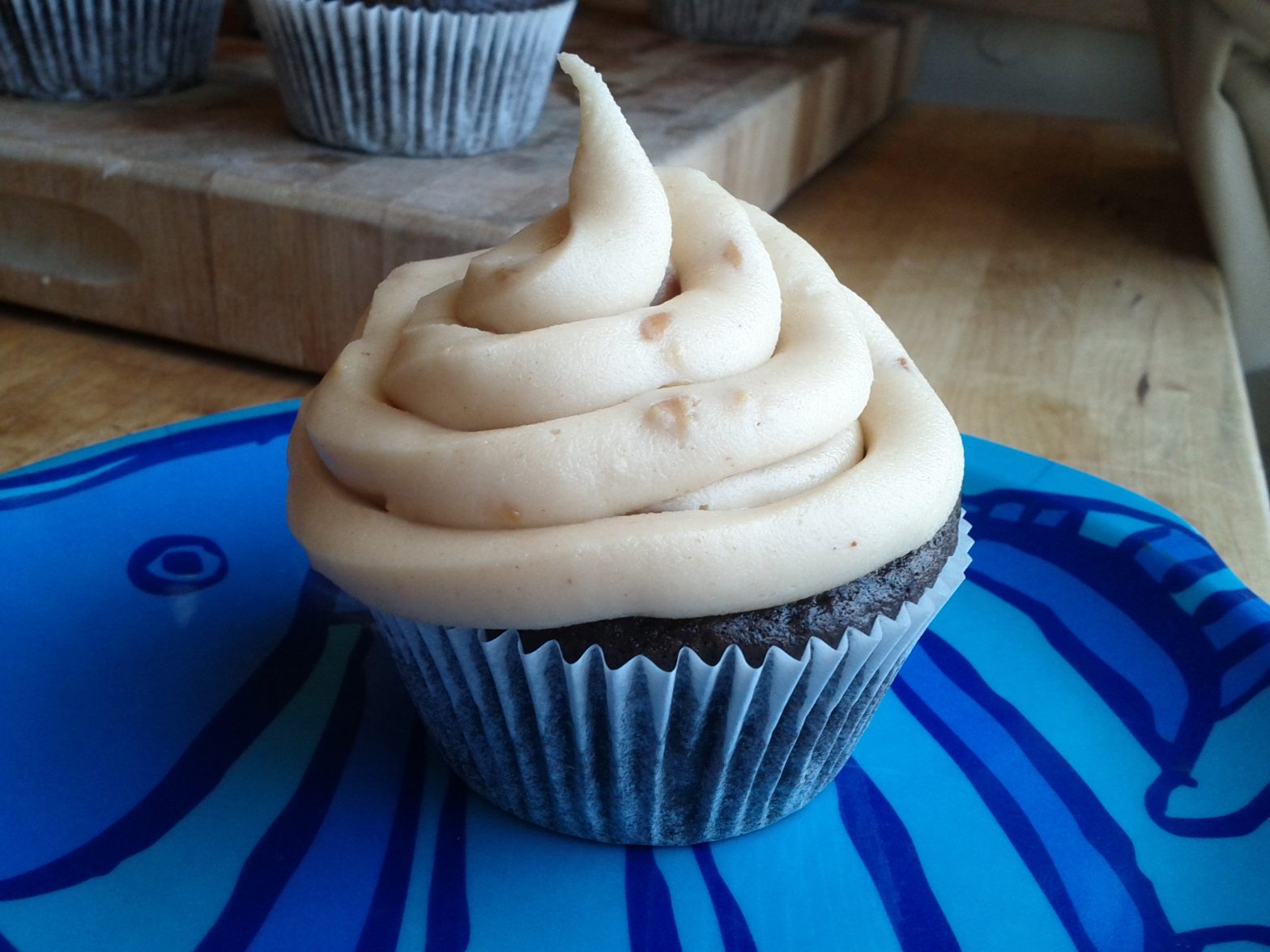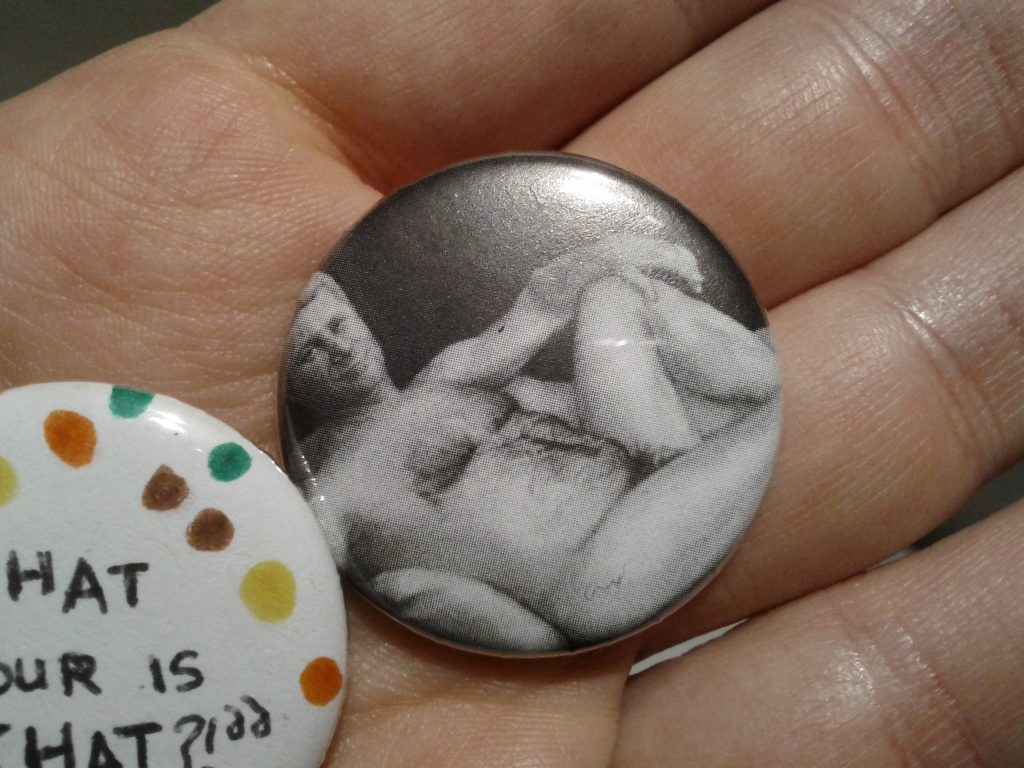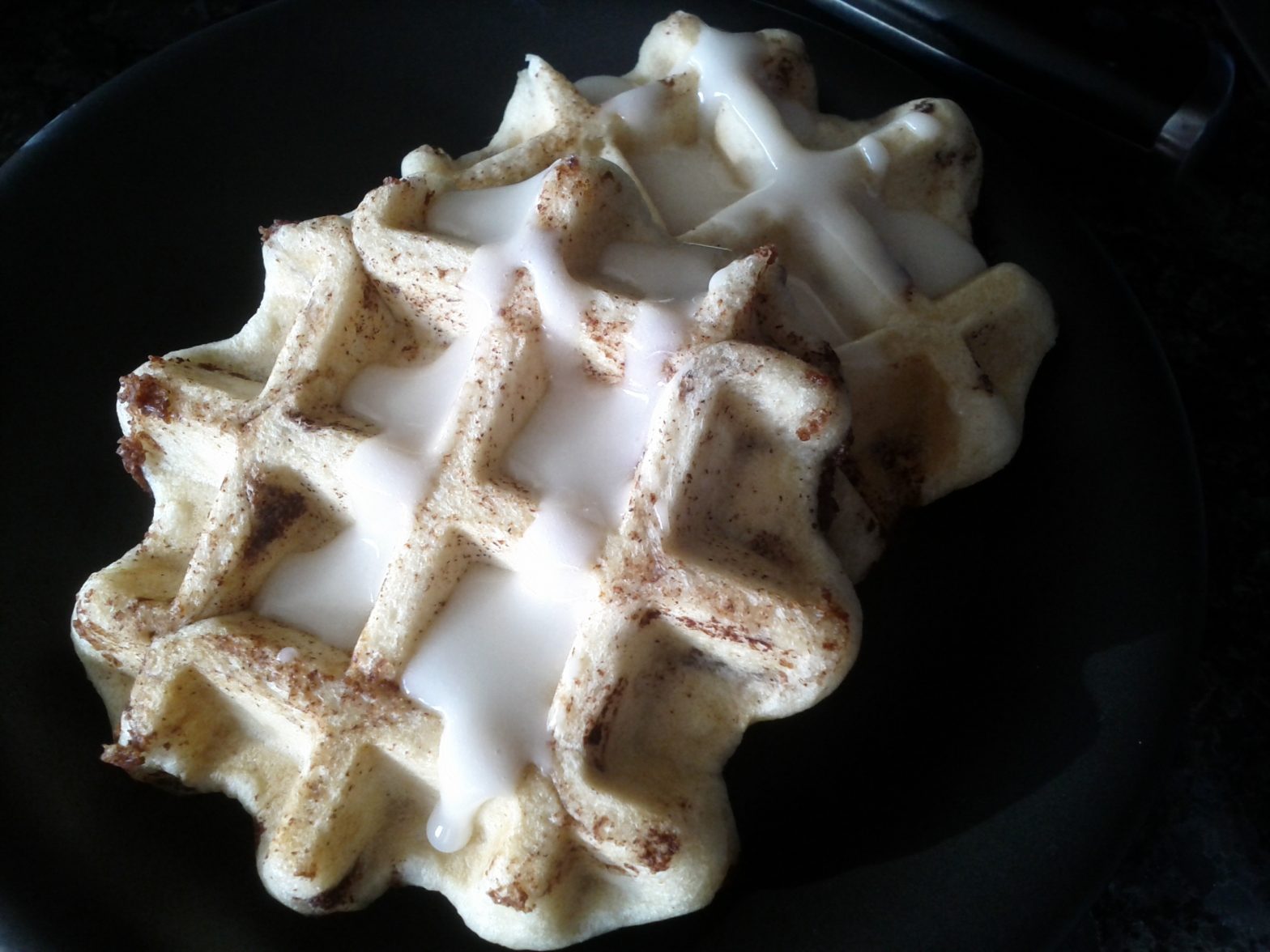The newest game in the SimCity franchise was released a few days ago, and it’s been a bit of a disaster. I’ve included a screenshot from Amazon’s product page below: a thousand five hundred people gave it one star out of five, while only thirty-eight gave it five stars.
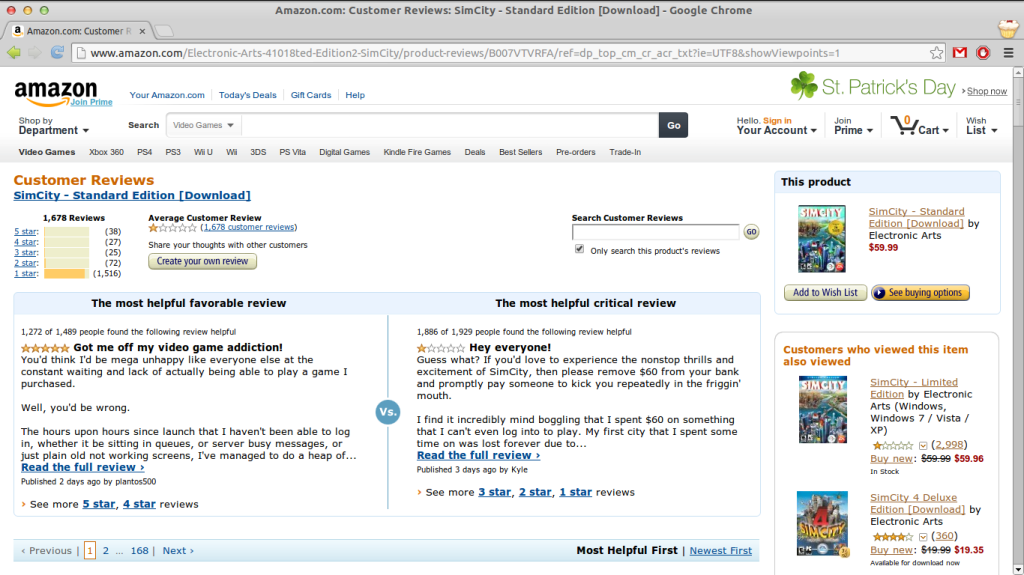 The reason for the upset is that the anti-piracy measures included with the game has prevented everyone who spent $60 to get it from playing it. But only legitimate customers are blocked this way – the pirates, having that removed from their version, don’t face any such issues.
The reason for the upset is that the anti-piracy measures included with the game has prevented everyone who spent $60 to get it from playing it. But only legitimate customers are blocked this way – the pirates, having that removed from their version, don’t face any such issues.
It’s not the kind of reward-value scheme you want to promote, especially when you want to make people think they own what they bought.
Customers don’t own any content that’s protected with DRM of course. If you have to ask someone else permission to use something every time you want to use it, which is what this does, you don’t own it. If that other party reserves the right to remove your access to that thing permanently, you don’t own it. Ironically, only the pirates are the ones who get to have ownership.
There’s confusion around this point, and I think that stems from the fact that we quietly transitioned from a model where we had anti-piracy measures but owned content (CDs, DVDs, VHS tapes, older games) to anti-piracy measures with no ownership (Blu-Ray players, iTunes, modern games). The price point and language meanwhile never changed to reflect this shift.
DRM isn’t necessarily a bad thing. It enables economic frameworks where use of the media is meant to be transient – take streaming audio and online rentals. It can also work for games and more permanent access to content, as long as it’s clear you don’t own anything.
We need to stop letting companies claim that you can buy these items from them, because you don’t. You’re getting a license from them. If you did own it, you wouldn’t be threatened with a lawsuit if you showed people how to change it so that you didn’t have to ask their permission to use it every time. If you did own it, then you could use it whether or not this other party said yes or no. If you did own it, you could sell it or pass it to someone else.
At the same time, I get the problem that DRM is trying to solve: preventing illicit duplication with a simple computer. So it may be that a consequence of doing business in this medium is to include such measures – but we must then end our use of this false language of ownership. Meanwhile, companies need to think of the customer, such that they are not punished for buying content. That means smarter ways to implement DRM, like Valve’s STEAM.
Or perhaps more radically trusting them with ownership, and not including any such measures. There are people who pay, people who won’t, and people who won’t if they can help it. Then it becomes a matter of reducing that third category in favour of the first. Hardly an easy task, but I see signs of success here particularly in the pay-first-to-develop model of KickStarter projects, rather than the pay-on-completion of the traditional production cycle.
Finally, I think there needs to be a recognition that piracy isn’t entirely bad. That it spreads human creativity and ingenuity, and frees resources for other things. A modern library, where libraries have failed. To recognize that the negative aspects around it arise from denying due compensation to those who put themselves out to create their work. The rise of affordable commercial solutions like Netflix and Songza has done a good deal to address both access and compensation, and this is only the beginning.
Baking project of the day: waffles using the Pillsbury cinnamon rolls (regular size), and pizza in a cast iron pan.
